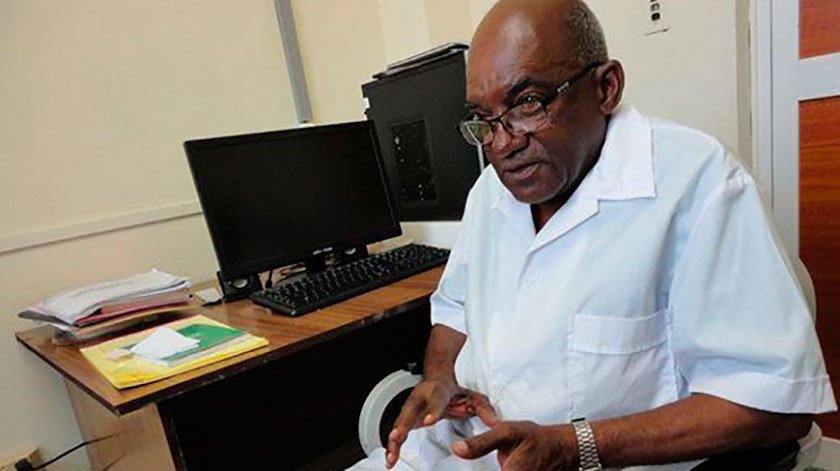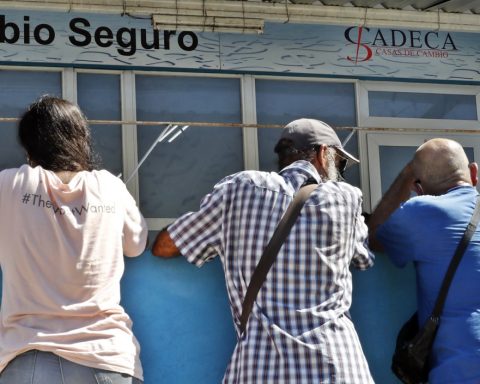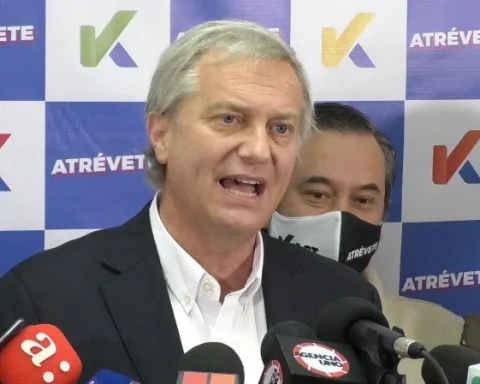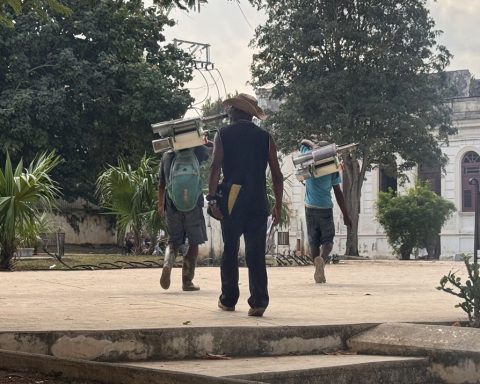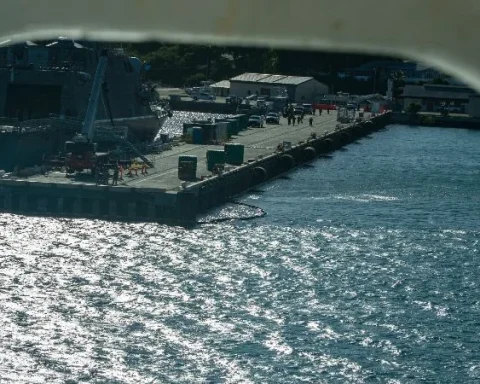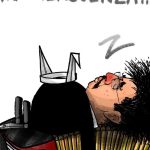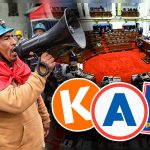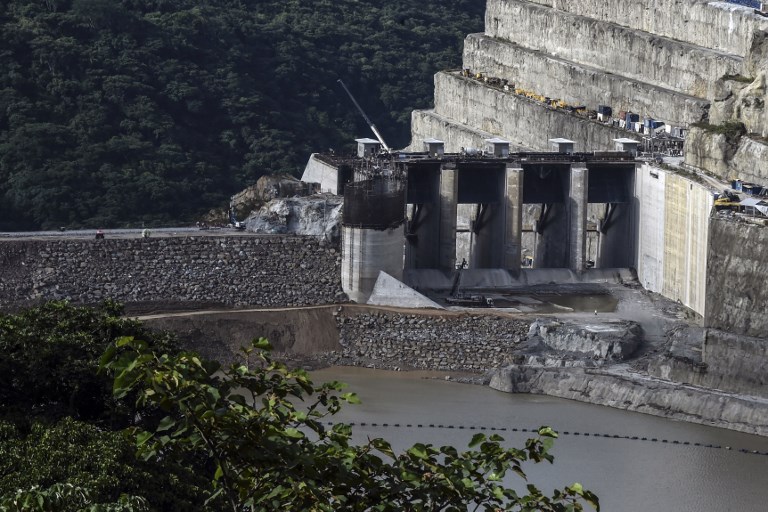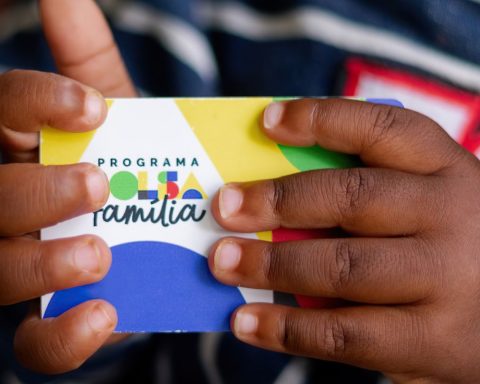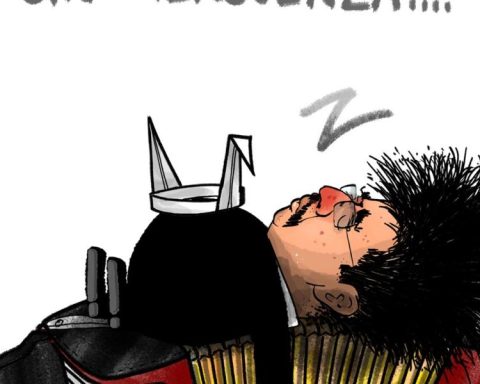The notable Cuban forensic anthropologist Héctor Soto Izquierdo, with wide international recognition in his specialty, recently passed away in Havana at the age of 73, according to official media reports.
At the time of his death, which occurred this Monday, Soto Izquierdo was actively working at the Institute of Legal Medicine of Cuba, an institution to which he belonged for 47 years, he says. an office of the Cuban News Agency (ACN).
According to the media, among the most relevant works carried out by the expert, his participation in the search, discovery and identification of the remains of the guerrilla commander Ernesto Che Guevara and several of his companions stands out. bolivia(1996-2001).
? Unfortunate loss for Cuban public health: Héctor Soto Izquierdo passed away, considered one of the most important and experienced forensic anthropologists in the world. https://t.co/0uLVwXC9BQ pic.twitter.com/Bo0dI2KSYh
— InfomedCuba ?? (@InfomedCuba) July 20, 2022
Born in 1949 in the western Cuban town of Madruga, Soto Izquierdo had a Master’s degree in Anthropology and was an outstanding precursor and disseminator of Forensic Anthropology in Cuba, as well as a teacher of more than 40 generations of Cuban medical examiners in his specialty.
Since 1975, the experienced specialist has identified more than a thousand cases and has worked on the typification of corpses from Barbados, Granada, Angola, Bolivia. Likewise, he intervened in the identification of the remains of almost a dozen Cuban patriots, including Calixto García, Vicente García and Manuel García —the so-called “King of the Fields of Cuba”—, Maximus Gomez and Mariano Martí Navarro, father of José Martí.
Remember the ACN that thanks to his investigations it was possible to form the graph of the exact location of the bullet wounds and the assaults by knife received by Lieutenant General Antonio Maceo Grajales, including the shot of a firearm that he received treacherously in San José, Costa Rica, and that penetrated him through the dorsal muscle, in the back, without the lead coming out.
In Venezuela, for his part, he worked as an advisor to the Presidential Commission for the identification and clarification of the death of Simón Bolívar, with which the identity of El Libertador could be confirmed, the report states.
In addition, in 1986 he worked in Ecuador in the identification of the victims of a serial killer who for 16 months had raped and strangled 73 women. Thanks to his knowledge, it was possible to identify and imprison the Colombian murderer Daniel Camargo, who served time in prison until he died at the hands of another criminal in jail.
As an expert, he participated in numerous courses and conferences on his specialty in various countries, and received numerous national and international awards for his work.
